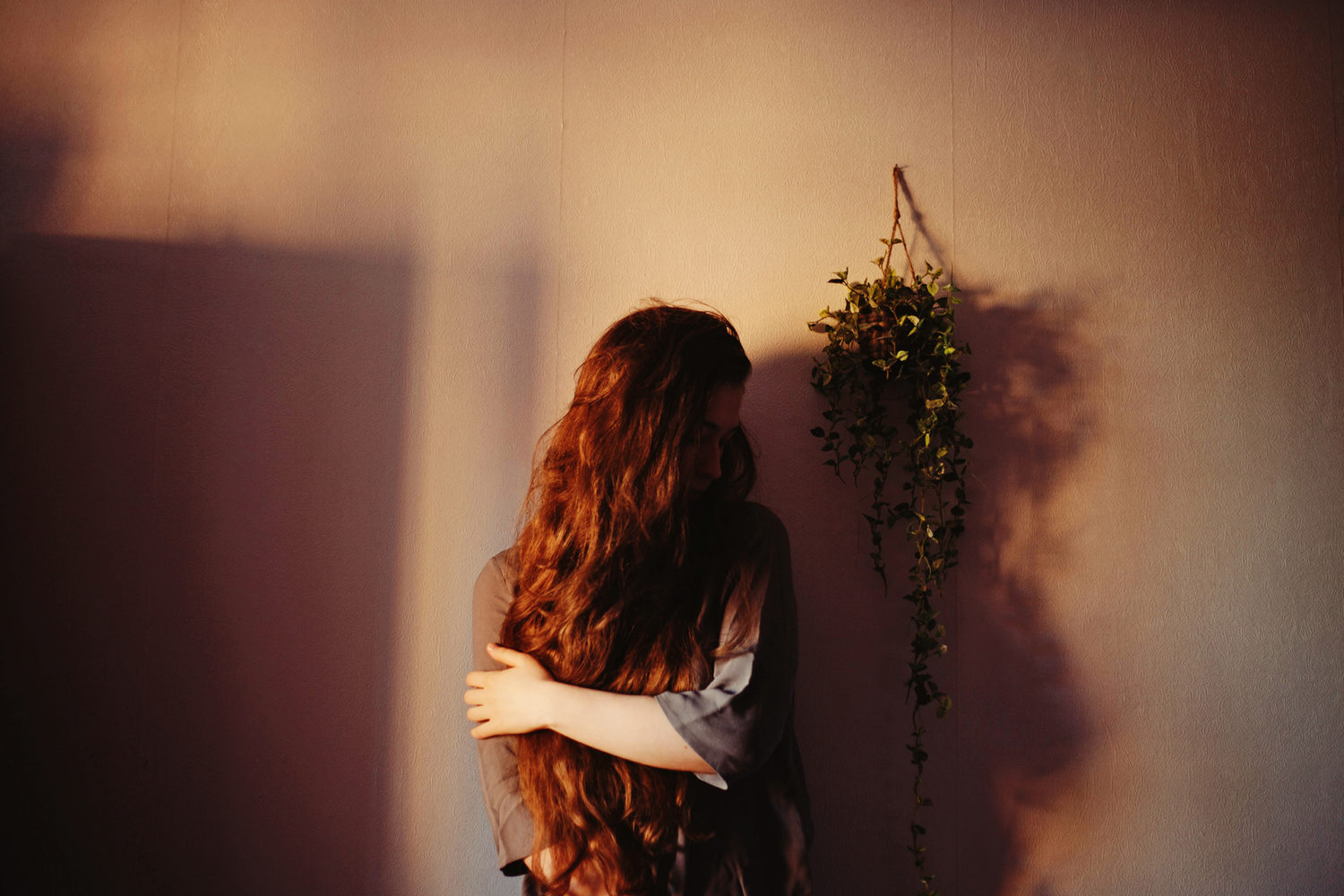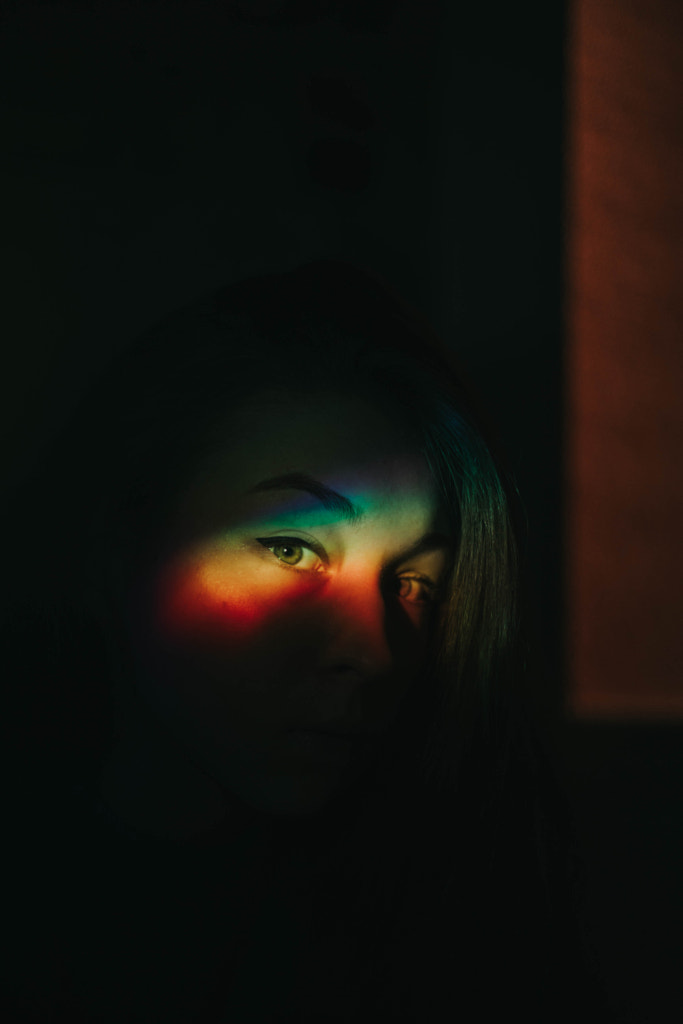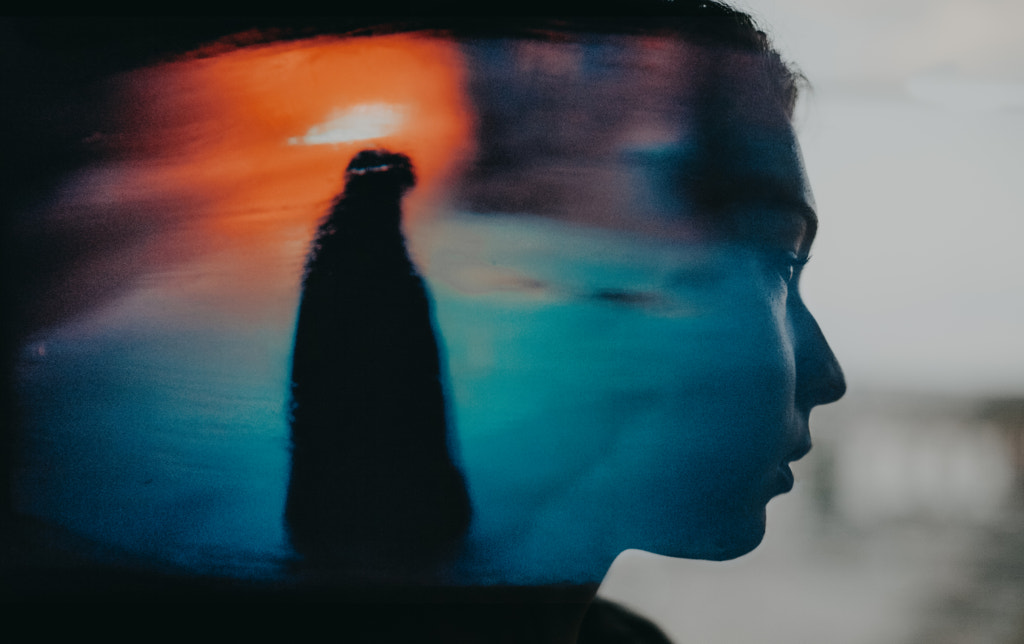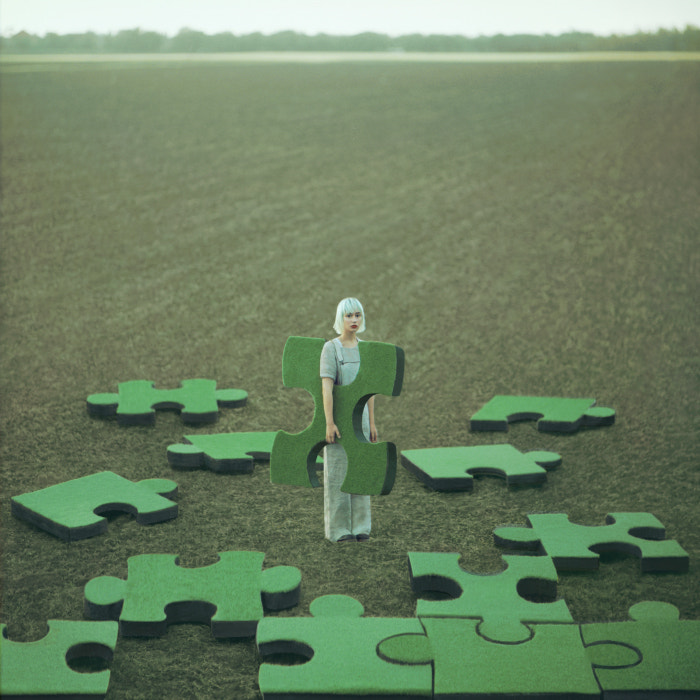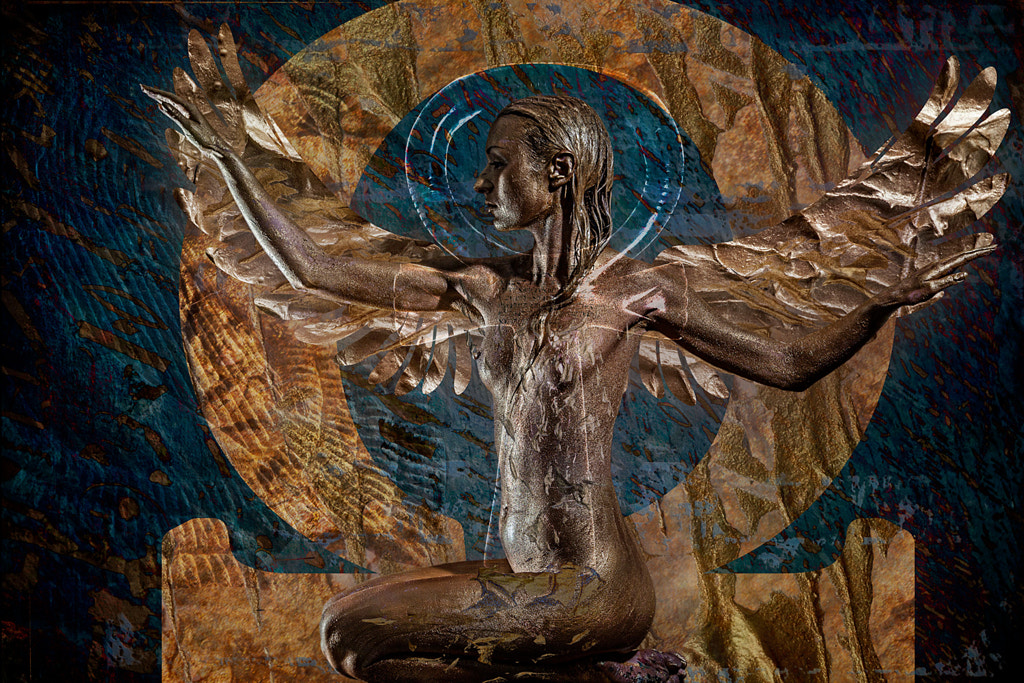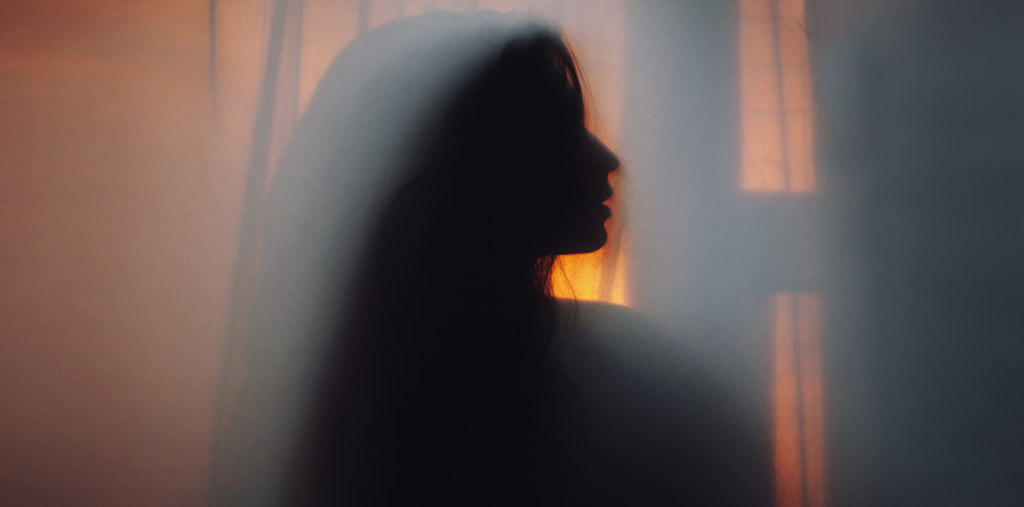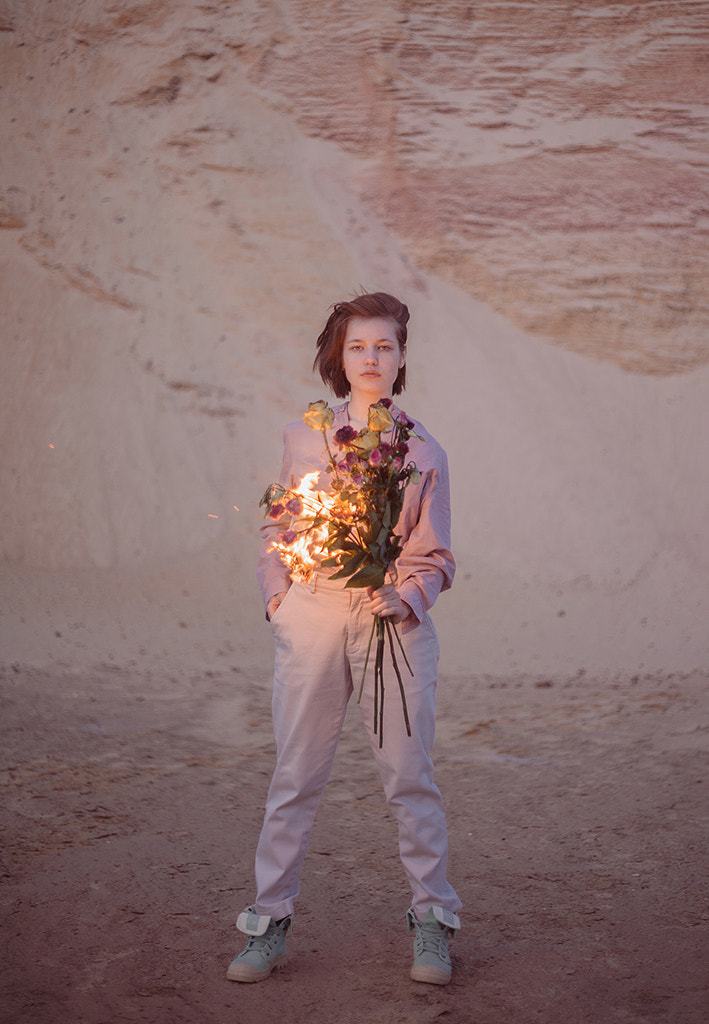In 2014, The Guardian columnists Sean O’Hagan and Jonathan Jones revisited an old question: is photography a fine art?
According to Jones, a photograph could never compete with a painting on a gallery wall. But O’Hagan argued that it didn’t have to—photography is its own medium, independent of other art forms but no less worthy of recognition.
In the five years since that debate, fine art photography has made its mark on established institutions and up-and-coming galleries alike. Historic museums have opened up new photography wings, and brand new photography museums have cropped up around the world. “[There are] more photography festivals in a month than there used to be in a year,” O’Hagan wrote a few months ago.
It’s settled, then: photography is a fine art, and a flourishing one at that. But in a field full of possibilities, what separates the outstanding artists from everyone else? We asked 500px Ambassador Taya Ivanova, in addition to esteemed New York City gallerists Daniel Cooney, owner of Daniel Cooney Fine Art, and Michael Foley, owner of Foley Gallery, for their insights and tips for breaking into this ever-changing genre.
Contents
- 1 1. Get personal
- 2 2. Take a self-portrait, even if it’s just for yourself
- 3 3. Break the rules
- 4 4. Use any camera you can get your hands on (or no camera at all)
- 5 5. Step into the past
- 6 6. Experiment with collage
- 7 7. Reach out often
- 8 8. But know when to disconnect
- 9 9. Print your work
- 10 10. Take a stand
1. Get personal
According to all three experts, the number one trait all great fine art photographers share is a unique perspective. This doesn’t necessarily mean you have to reinvent the wheel, but it does mean you have to be willing to put yourself on the line in some way. “What moves my interest is when you put everything at stake,” Michael explains. “It’s work that’s often vulnerable or personal.”
If a photograph feels scary and exciting because it reveals something about who you are, you’ve struck gold. We all have thoughts, fantasies, and taboos that we keep hidden from view—art can shine a light on them in mysterious and powerful ways.
2. Take a self-portrait, even if it’s just for yourself
Sometimes, an easy way to tap into your psyche and discover your voice is to stand in front of the camera, not behind it. “Many of my photos are self-portraits,” Taya tells us. “Photographing myself has taught me how to be more empathetic, shown me that I deserve to feel comfortable in my own skin, and encouraged me to find beauty in every part of my life.
“One of the best things it has given me is the ability to connect with other people. I’ve noticed that no matter who I talk to, artist or not, they find it easier to open up to me when they see that I’ve shared so many emotional photos of myself.”
You can lay yourself bare like Nan Goldin, or dress up and play a role like Cindy Sherman. Maybe you take one picture and move on, or perhaps you spend decades refining the art of the self-portrait. The important thing is to get to know yourself as a person and a photographer. When asked why she usually photographed herself, Francesca Woodman famously replied, “I’m always available.”
3. Break the rules
After decades in the business, Daniel and Michael agree that there’s no one way to be an artist. Even a commercial shoot can slip into the fine art world given the right intentions and circumstances. William Eggleston started shooting color transparency film at a time when it was mostly used for advertisements; in fact, the art world considered color to be “vulgar.” Michael notes, “Because of that, Eggleston had a lasting influence, and the great thing is, he likely had no idea he was doing so.”
So if someone tells you a camera, a lens, a film, or a style isn’t suited to fine art, prove them wrong. “I wish I’d been more experimental early on in my career,” Taya explains. “If your favorite genre is fine art, that’s amazing. But don’t let it limit you. Experiment with landscape, macro photography, surrealism, fashion photography, etc. If I could define ‘fine art’ and describe it in one word, I’d call it open-minded. All photographs can be considered fine art if they’re shot a certain way.”
4. Use any camera you can get your hands on (or no camera at all)
When Taya first got started, she had a phone with a 2-megapixel camera, and it worked just fine. An unusual or underrated tool can be the greatest gift. Man Ray didn’t even use a camera to create his famous rayographs, and his method is still relevant today.
“There are contemporary photographs out there now that sell for tens of thousands of dollars that do not involve a camera,” Michael says. “Find the appropriate gear for your imagery. Want to use an oatmeal can to make a pinhole camera? Fantastic! Feel you need a Phase One? Go for it. Believe me; I don’t care. Just make it work with your subject.”
5. Step into the past
“I love that people are going back and exploring early techniques in photography and applying contemporary perspectives,” Daniel tells us. Try alternative processes, like daguerreotypes or tintypes, and put a fresh spin on an old classic. Not only will the exercise push you out of your comfort zone, but it’ll also connect you with your photographic roots.
These days, you can do almost anything digitally, but Taya suggests slowing down and working manually as much as possible. It takes more time, but the results are worth it. “I like seeing practical effects, meaning props that you don’t add in Photoshop,” she says. “Some things are impossible not to edit in, but there’s something special about making an entire set with your own hands. Oleg Oprisco and Tim Walker are brilliant examples of this.”
6. Experiment with collage
If we push the handmade trend to its limits, we venture into collage territory. “Collage is peaking in all media right now,” Michael says. “I think it’s in part a reflection of the world right now that seems so darn fractured and fragmented. This can be digital collaging or cutting the paper—either way.”
7. Reach out often
“I’d tell any emerging photographer to connect with artists they admire,” Taya says. “Don’t be shy. Be fearless. I happily reply to every email I get, so you can always message me if you need a little guidance.”
Daniel agrees that forging creative connections is the way to go, adding, “I don’t mind being contacted by artists, [but] I think that artists benefit the most by building their networks of other artists.”
8. But know when to disconnect
Taya makes a clear distinction between connection and comparison. Connecting with artists, editors, and gallerists is the best way to learn, but at the same time, it’s important not to give too much credence to what other people think.
“Listen to your intuition,” Taya advises. “It’s easy to get lost in the world of social media, where everyone has a specific style and every successful photographer has millions of followers. While these things are wonderful, they mustn’t define the value of your work. Photography should be something that fulfills you and lifts your spirits, not another reason to feel stressed.”
9. Print your work
“These days, everyone is a photographer—everyone—and viewers are much more sophisticated because we are bombarded by images and understand them better on an instinctual level,” Daniel says. “As a result, I’m personally more interested in photographs that are tactile and have an actual presence in the world beyond a screen.
“Photographers have to realize that they are making objects, at least in my part of the world. Looking at print-outs or images on an iPad doesn’t work for me. I need to see photographic prints as I would see them on a wall.” Maybe you print them at home, or you send them to a lab. Whatever you choose, learn how the process works, and experiment with different methods and papers.
10. Take a stand
The journey of a fine artist often starts with the individual (see tips 1 and 2), but as you grow, you’ll grapple with complex, universal, and timely subjects. “There is movement toward content that is culturally or politically topical,” Michael tells us. “We talk more and more about how photography and the people making it are reflecting contemporary culture more.”
That’s not to say that the work has to be overtly political, but it needs to have conviction. Think about the subjects that motivate you and use your creativity as a way to express what matters most.
Click here to learn more about Licensing with 500px.
